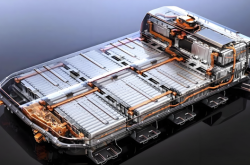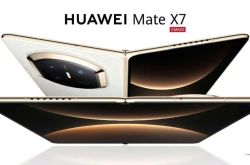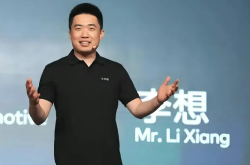"The 'Sweeping Monk' Enters the Mobile Phone Market: Can the Trillion-Yuan Smartphone Market Accommodate Another Player Like Dreame?"
![]() 09/22 2025
09/22 2025
![]() 593
593
Astrophotography: Dreame's Game-Changing Weapon
Today, in 2025, who would have thought the smartphone market still had new stories to tell?
On September 19th, Dreame officially announced the launch of its first mobile terminal, Dreame Space, which deeply integrates astronomical technology with a smart ecosystem. According to Dreame, the device will feature top-tier global smartphone hardware, an astronomical-grade camera system, and incorporate Dreame's breakthroughs in astronomical detection and imaging algorithms to deliver a completely new user experience.
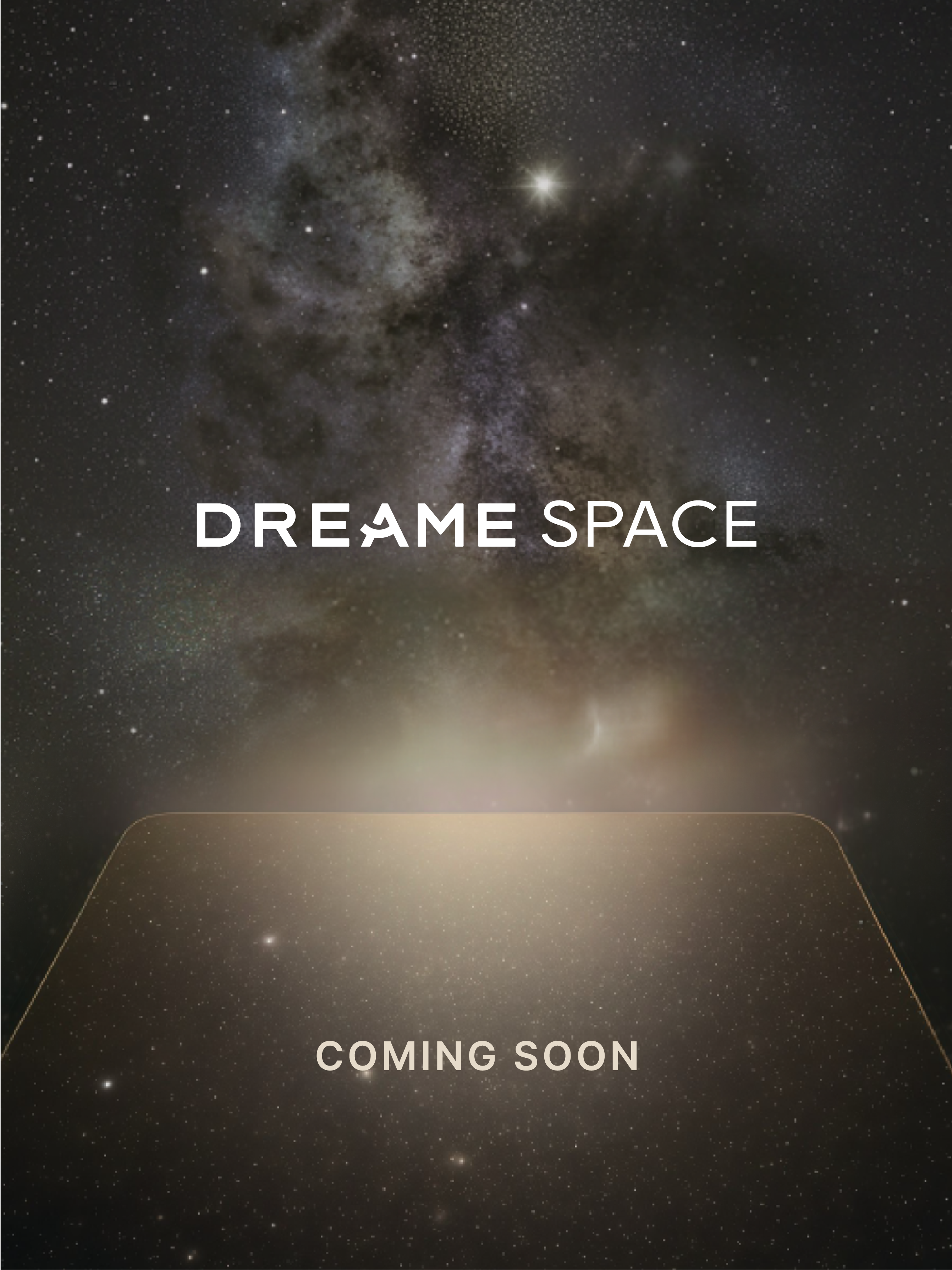 Image Source: Dreame
Image Source: Dreame
To be frank, the current smartphone market is far from a "blue ocean" where anyone can easily gain a share. Leading manufacturers dominate the market, while mid-tier brands struggle to break through amidst intense competition over specifications. Homogenized hardware configurations and similar functional designs have made many tech companies hesitant to enter the smartphone arena.
Finding a foothold in a mature and fiercely competitive market requires not only technological prowess but also a certain degree of luck.
From Announcing Car Manufacturing to Smartphone Production: Why Does Dreame Keep Stepping Out of Its Comfort Zone?
Dreame's Smartphone: Focused on Astronomical Photography?
Dreame positions the core competitive edge of Dreame Space as its "astronomical-grade camera system."
From a technical standpoint, Dreame's foray into the smartphone market is not a complete leap from scratch. Previously, Dreame has accumulated experience in astronomical detection, imaging algorithms, AI visual recognition, sensor fusion, and other fields. These technologies align closely with the core capabilities required for the development of Dreame Space.
For example, the image processing algorithms developed for astronomical observation equipment and the anti-interference visual technology designed for drones can both be adapted for use in smartphones.
From a consumer market perspective, capturing deep-space objects like nebulae, galaxies, and star trails previously required professional DSLR cameras, telephoto lenses, tripods, and other equipment. Users also had to avoid urban light pollution by traveling to suburban or remote areas, making it highly inaccessible for the average person. 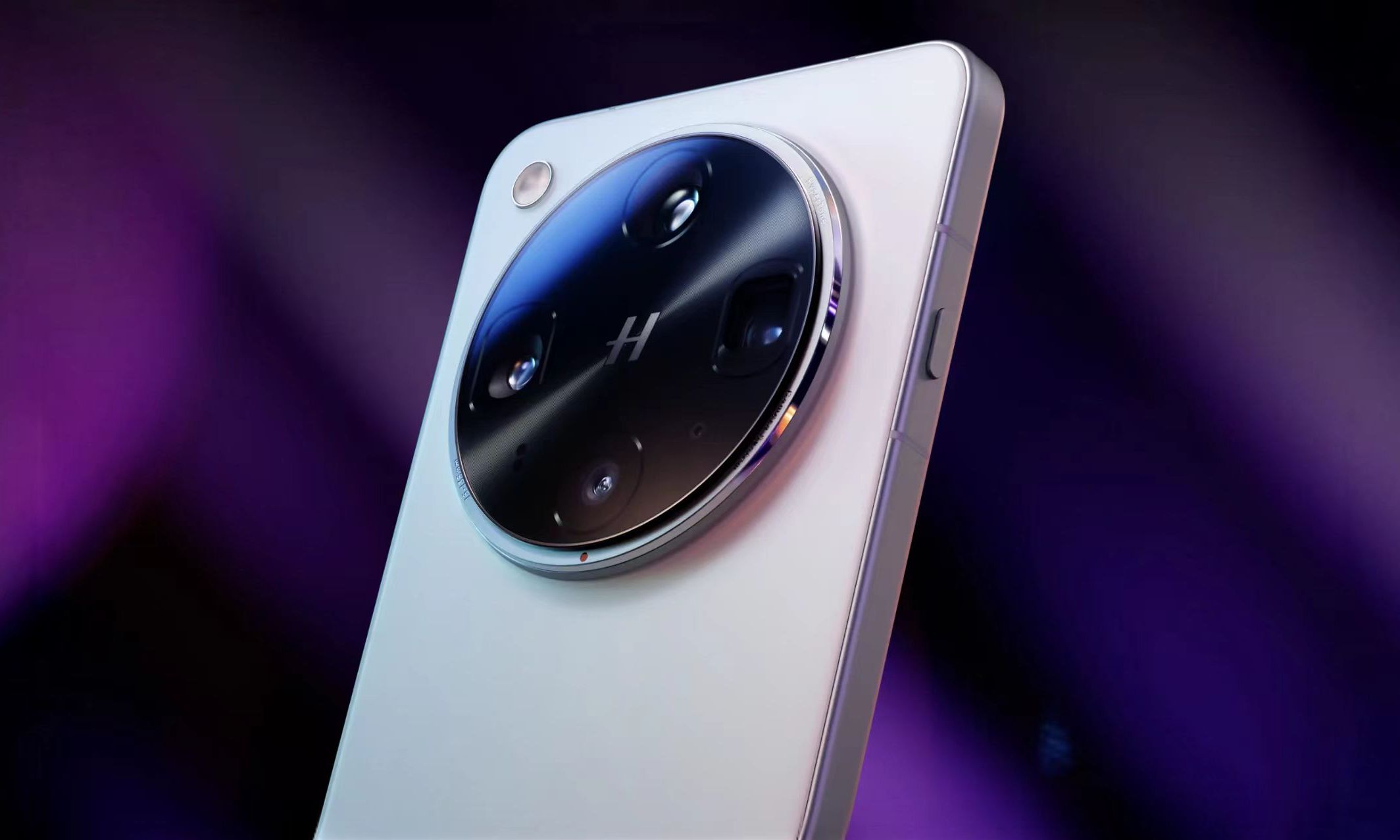
Dreame aims to change this with Dreame Space. According to the company, Dreame Space will deeply integrate Dreame's breakthroughs in astronomical detection and imaging algorithms, allowing users to capture deep-space images even between urban high-rises.
This feature is not a simple overlay of software filters but is based on the core resources of Dreame's astronomy division. Dreame Space systematically integrates Dreame's technological and data advantages in the astronomical field for the first time: on one hand, its camera system hardware is specially optimized for deep-space photography; on the other hand, its exclusive imaging algorithms filter out urban light pollution interference, enhancing the clarity of nebulae and star trails.
For users, the value of this feature lies in "lowering the barrier to astronomical exploration." Without the need for professional equipment, users can record cosmic scenes in their daily lives with just a smartphone. Dreame hopes to transform astronomical observation from a "niche feat" into a "pleasure for the majority," which has become the core positioning of Dreame Space's imaging capabilities.
However, it remains uncertain how many users are truly interested in "astronomical exploration." Previously, Nubia's flagship series also focused on astrophotography, but it remains a niche player in terms of market share. Therefore, positioning Dreame's smartphone as an "astronomical-grade camera system" carries some risk.
Nevertheless, Dreame may not be solely targeting the Chinese market. The company stated that Dreame Space has already secured overseas pre-orders worth hundreds of millions of yuan. The support from overseas partners and consumers reflects, to some extent, recognition of its "technology transfer capabilities" and belief in its ability to turn the concept of an astronomical smartphone into a reality.
This order also reflects overseas demand for "non-typical flagship" devices. Currently, the overseas high-end smartphone market is dominated by Apple and Samsung, leaving consumers eager for innovations beyond specifications. Dreame Space's astrophotography positioning precisely fills this niche demand gap, becoming a key reason for its pre-launch popularity.
A Weekly Announcement! Dreame's Ambitious Ecosystem Expansion
Looking back at Dreame's product launches over the past year, a clear path of "technology migration" from ground-based intelligence to space exploration emerges.
In August 2025, Dreame announced its drone business; just one week later, it revealed plans to enter the automotive sector, with its first model targeting the Bugatti Veyron and expected to launch in 2027; then, in September, it officially entered the smartphone market. This frequency of nearly "one announcement per week" is rare in the tech industry. 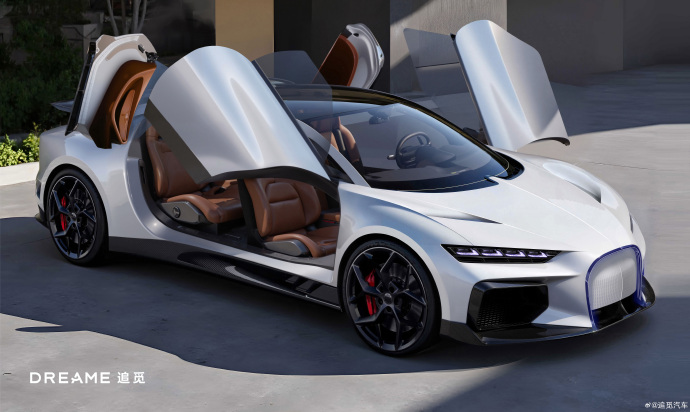
Image Source: @DreameAuto Weibo
Such an aggressive strategy has inevitably raised questions. Regarding why Dreame is making smartphones, Leikeji summarizes two core logics: the adaptability of its technological accumulate (accumulated expertise) and the need to complement its ecosystem layout.
From a technological perspective, Dreame's entry into the smartphone market is not "starting from scratch." Dreame has already accumulated cutting-edge technologies in smart hardware, robotics, and astronomy, including AI visual recognition, sensor fusion, and high-performance computing.
These technologies overlap significantly with the core capabilities required for developing Dreame Space. For example, AI visual recognition can optimize smartphone image processing, sensor fusion enhances the precision of astronomical photography, and high-performance computing ensures smooth multi-device collaboration.
As Dreame officially puts it, "It's not that Dreame chose smartphones; rather, smartphone technology itself chose Dreame's robust 'technology pool.'"
From an ecosystem perspective, Dreame's current business spans ground-based smart home appliances, near-space drones, space astronomy exploration, and automotive sectors, but it lacks a "personal mobile hub" to connect these devices.
Smartphones, as the most ubiquitous mobile terminals today, can precisely fill this gap. Through smartphones, users can uniformly control devices across different scenarios, creating a seamless "ground-sky-astronomy" linkage (linked) experience.
This choice also stems from insights into user needs. Modern users crave "seamless, integrated smart experiences," hoping for deep collaboration among smart home appliances, cars, drones, and other devices. Developing smartphones in-house represents the "most thorough solution" to achieve this. Only by comprehensively optimizing from the hardware layer to the software system can extreme device synergy be achieved, satisfying users' demands for an "interconnected experience."
In short, smartphones are a crucial piece of Dreame's puzzle for achieving "universal connectivity between heaven and earth."
The so-called "universal connectivity between heaven and earth" refers to the data interconnection and scheduling among "ground-based smart devices, aerial drone systems, and astronomical observation units." Users can uniformly control smart home products, simultaneously receive imaging data from drones, and even collaborate with astronomical observation equipment to capture deep-space images via Dreame Space.
For example, in outdoor scenarios, users can control drones to shoot while receiving real-time data from nearby astronomical observation points via their smartphones. If a special celestial phenomenon is captured, the phone can automatically compare it with an astronomical database for annotation. In home scenarios, the phone can automatically linkage door locks, lights, air conditioners, and other devices based on the user's location, enabling "effortless interaction."
To achieve this, three core issues must be addressed: first, unifying protocols among devices to ensure "interconnectivity" across different scenarios; second, ensuring real-time data processing to avoid delays during multi-terminal collaboration; and third, protecting privacy and security to prevent information leaks during multi-device data exchanges.
These happen to be Dreame's strengths. With years of ecosystem accumulation, Dreame is well-prepared in hardware development, software architecture, and core algorithms to support the "universal connectivity between heaven and earth" experience.
Entering the Smartphone Market: Not Seeking to "Disrupt," But to Differentiate
However, ecosystems are not unique to Dreame. The current smartphone market is no longer a battle of standalone devices but has long entered the era of ecosystem competition. Huawei offers its "1+8+N" full-scenario smart life; Xiaomi promotes its "human-vehicle-home" full ecosystem; and Honor focuses on cross-system fusion centered around users.
The smartphone market is filled with "ecosystem players."
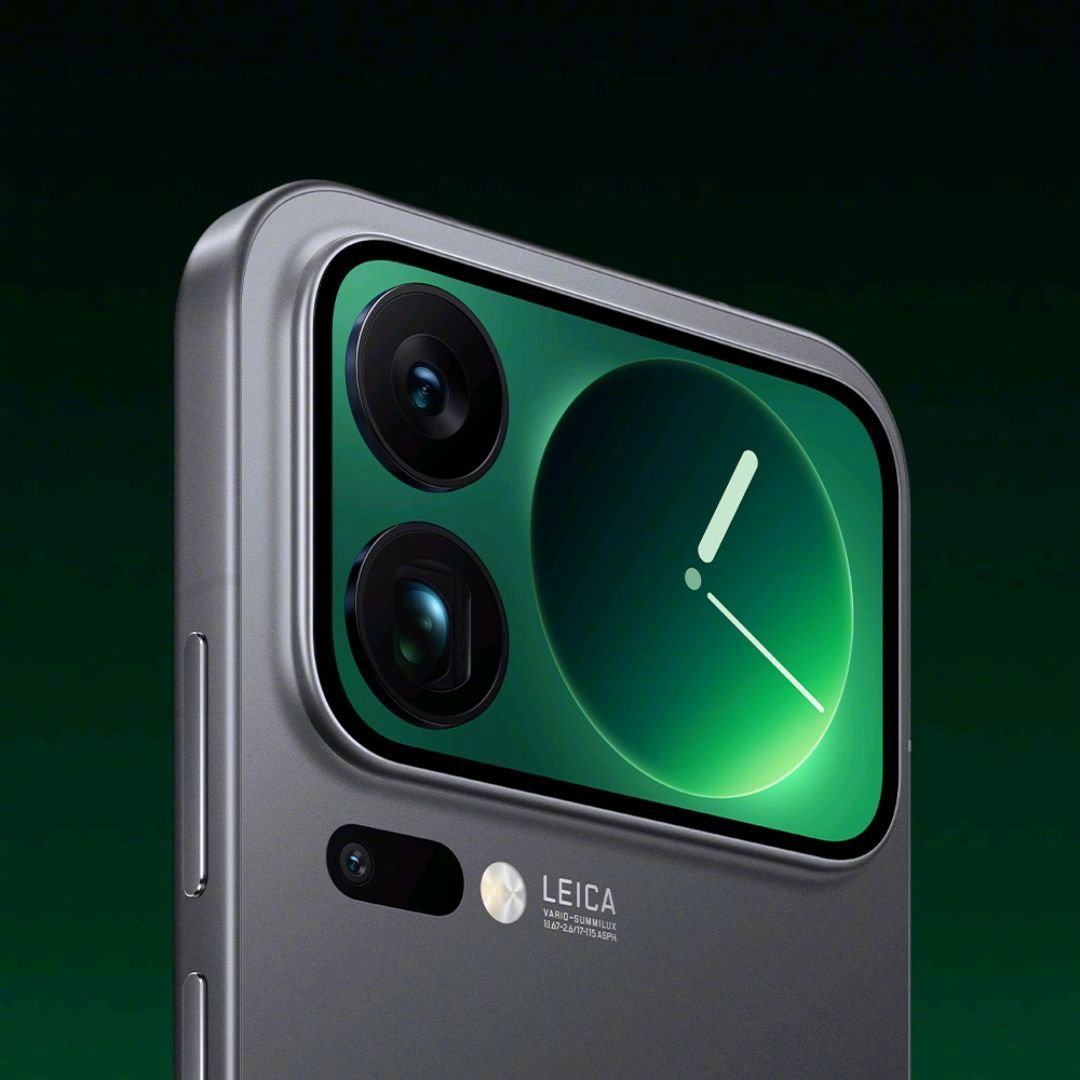
Image Source: Xiaomi Smartphone Weibo
Therefore, objectively speaking, the debut of Dreame Space may not aim to "disrupt" the current smartphone market but rather to provide a new option for the industry and consumers. It attempts to combine niche technologies (astronomical tech) with smartphones, creating cross-scenario value through ecosystem collaboration.
From an industry perspective, this smartphone represents another innovative path for Chinese tech companies: instead of relying on replicating business models, it leverages its own technological accumulation to explore niche scenario demands and create differentiated products.
As for when Dreame Space will officially launch, it probably won't be long. Based on publicly available information, Dreame Space's overseas orders worth hundreds of millions of yuan, its astrophotography selling point, and its universal connectivity strategy are all built on Dreame's past technological and ecological foundations, rather than being mere "conceptual products." Its realization may be just around the corner.
Of course, launching drones, cars, and smartphones in such rapid succession is a tremendous challenge for any company. The efficiency of technological transformation, the depth of ecological collaboration, and the shaping of brand recognition all require time to validate.
Dreame CEO Yu Hao stated internally that the company's automotive business aims to compete with Li Auto, while its smartphone business seeks to carve out a share alongside Huawei and Xiaomi.
While we won't comment on such "bold claims" for now, from a positive perspective, Dreame's attempt does inject new thinking into the currently somewhat stagnant smartphone market: innovation doesn't always have to be "big and comprehensive." Focusing on "small but refined" niche demands can also help find one's place.
For consumers, having an additional "non-typical flagship" option is a good thing. As for whether Dreame Space can usher in a new era of smartphones, let's wait and see.

